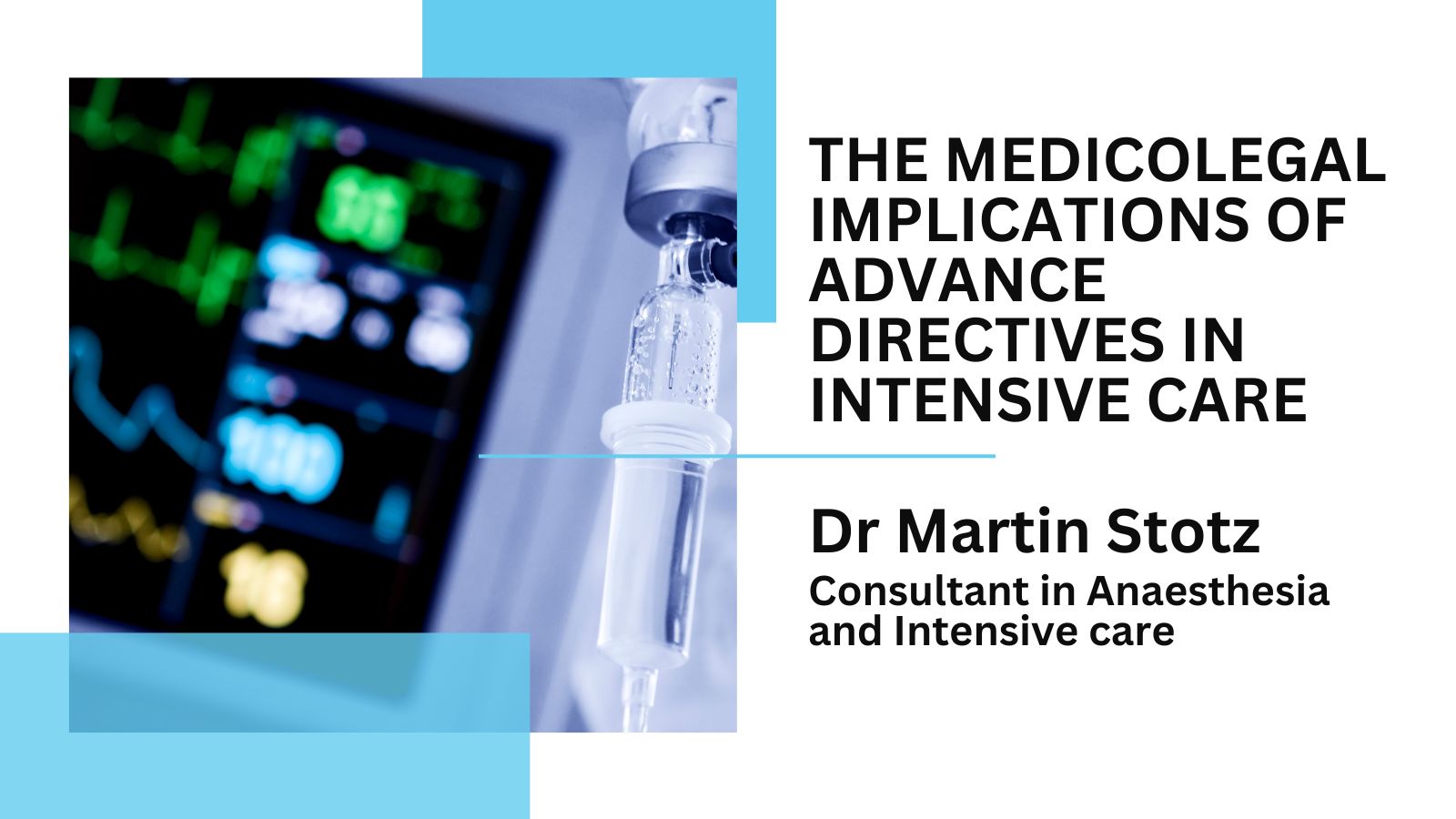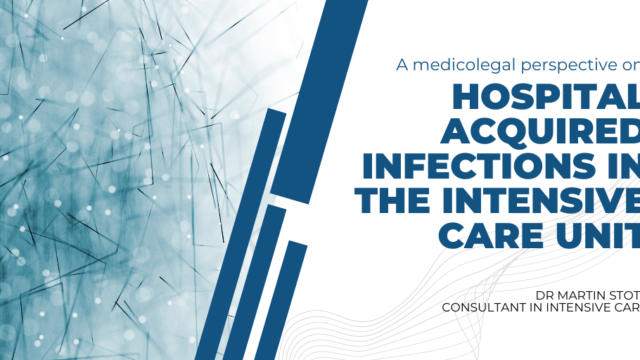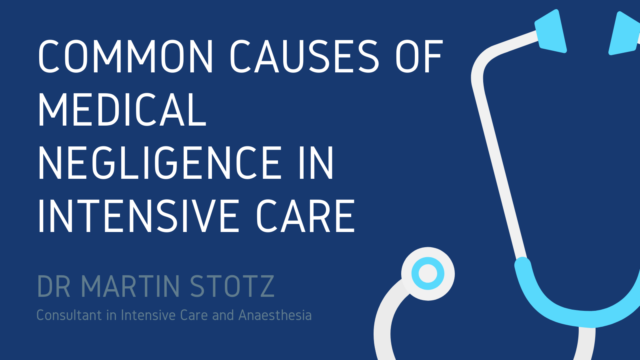The Medicolegal Implications of Advance Directives in Intensive Care

An advance directive, or living will, is a statement of instructions regarding future treatment options, including the right to refuse treatment, in the case of incapacitating illness which renders the patient unable to make decisions. Many advance directives also appoint a surrogate decision maker to act on the patient’s behalf. Therefore, advance directives give autonomy to the patient. However, it is not possible to request treatment that, in a doctor’s view, is not in the best interests of the patient. Although advance directives are now recognised by the courts as being legally binding, the majority of patients do not currently have one. Only around 3–14% of the general population have an advance directive, although this proportion rises to around 30% in nursing home residents. Patients younger than 65 years of age rarely have an advance directive, despite the fact that incapacitating trauma can occur at any age.
For a doctor treating a patient with a known advance directive, the validity of the document is crucial. In order to be valid, the advance directive must have been made voluntarily by a competent adult, it must be applicable to the circumstances of the current situation, and the patient must have been sufficiently informed about the medical prognosis if the wishes of the advance directive are respected. It is also necessary to consider whether, having made an advance directive, the patient revoked it at a later date. If time permits, the patient’s wishes can be clarified by discussions with close family members, or their GP. In cases where the validity of the advance directive is open to question, a doctor should follow a course of action that preserves the possibility of future choice for the patient. Thus, there should be a presumption in favour of life and emergency treatment should be provided, as this can be withdrawn at a later stage once the patient’s wishes have been clarified.
Used properly, advance directives can maintain patient autonomy and dignity. However, their use is not without its problems. One issue is that often the existence of this type of document remains unknown to hospital staff, particularly where patients are admitted in an emergency situation and may not be conscious. Some countries maintain a centralised database of advance directives, which can be accessed by medical staff when needed. Alternatively, it may be possible to ask patients on admission about the existence of this type of document.
Another issue with advanced directives is that they represent a snapshot of the patient’s wishes at a single point in time and may not reflect their views at the actual time of treatment, particularly with regard to advances in medicine that may impact on treatment decisions. A quality of life a healthy patient would deem unacceptable may be tolerated when the only other option is death. The situation is complicated further as family members are not always fully aware of their loved ones’ wishes. A study of patients and their spouses found that the majority of responses overestimate the patient’s desire for resuscitation. Therefore, anyone who makes an advance directive should consider updating it periodically.
A significant drawback of advance directives is that many are vague, as it is not possible to cover every medical eventuality. Often, they do little more than request that treatment ceases in cases deemed to be medically futile. In reality, few medical scenarios are that clear-cut, particularly in intensive care settings. It may be possible to predict the patient’s wishes to some extent, based on information given in the advanced directive when applied to procedures of similar invasiveness and prognosis. For example, a patient who declines non-invasive tests, or intervention with a better prognosis, is highly likely to decline invasive tests or intervention with a worse prognosis.
While an advance directive can guide decisions, each case should still be discussed with the surrogate decision maker or family. However, it is important that the patient’s wishes are kept central in such discussions. Consideration should be given to the reversibility of the injury, the attainability of treatment goals, and what an ‘acceptable’ outcome means to the patient and their family. The most useful advance directives are drawn up with guidance from healthcare providers and include a detailed list of treatments the patient does and does not wish to receive. Where a power of attorney has also been appointed, and there is a conflict in decision-making, the wishes expressed in the advance directive normally have precedence, but this should be explicitly stated in the document.
Advance directives can be extremely useful in preserving patient autonomy, preparing for end-of-life care and avoiding a prolonged death. They can also remove some of the burden of decision-making from family members. Patients with advance directives who request limited care are more likely to have their wishes followed than patients without an advance directive. Ideally, an advance directive should be readily available, easily interpreted and applicable to the situation. In reality, this is rarely the case and there is much scope for improving the usefulness of these documents with regard to decision-making in intensive care.
Further reading:
Emanuel L. L. (1995). Advance directives: do they work? Journal of the American College of Cardiology, 25(1), 35–38. https://doi.org/10.1016/0735-1097(94)00339-r
Gordy, S., & Klein, E. (2011). Advance directives in the trauma intensive care unit: Do they really matter? International Journal of Critical Illness and Injury Science, 1(2), 132–137. https://doi.org/10.4103/2229-5151.84800




